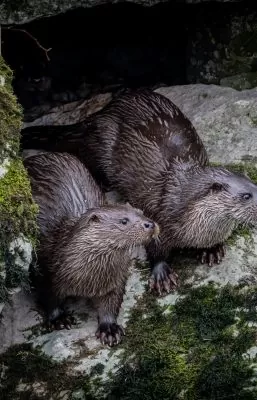Water voles are the largest species of vole in Britain and are mostly found on grassy banks along slow moving and relatively deep watercourses, lakes and ponds. They dig burrows in steep and easily penetrable banks, which often include underwater entrances that can be several metres deep into the bank. Water vole surveys can be key in sustaining these habitats whilst carrying out developments.
This species is thought to have been lost in up to 90% of the sites where it occurred in the last century. The principal threats to water voles include habitat loss, degradation, and fragmentation primarily from unsympathetic riverside management, plus predation by the introduced American mink Neovison vison.
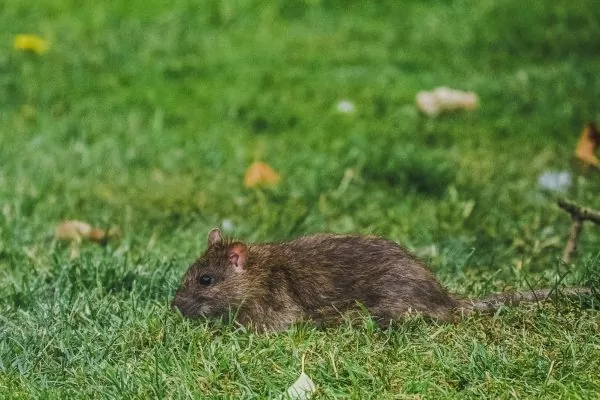
Water Vole Survey Legislation
The water vole is a priority conservation species and is protected under the following UK and European Union (“EU”) law: Under this legislation, water…
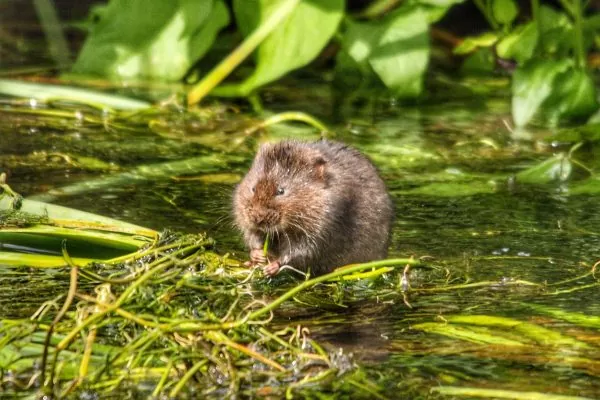
Preliminary Ecological Appraisal (“PEA”)
The first step to adress the ecological aspects of a planning application is for Greenlight Environmental to conduct an initial site assessment called a…
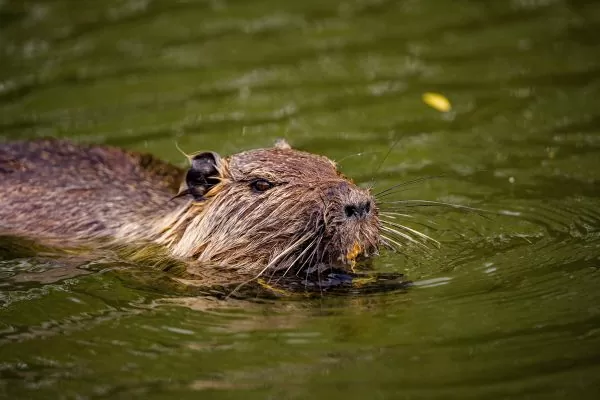
Waterway & Pond Bank Water Vole Surveys
Waterway and pond bank surveys aim to assess the use of a waterway or a pond by water voles. They do this by searching…
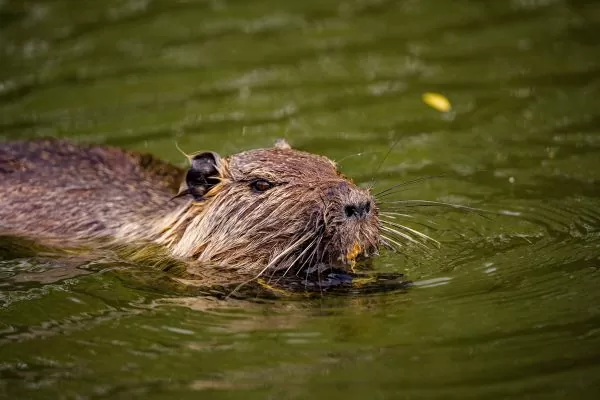
European Protected Species (“EPS”) Mitigation Licenses
If works are expected to have an impact on water vole or on their breeding and resting sites, a mitigation license will need to…
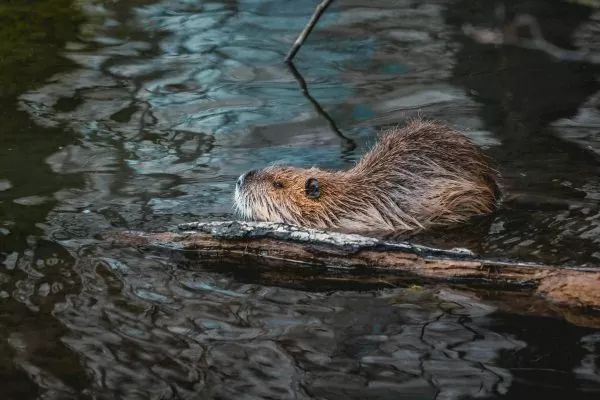
Translocation Works
Translocation works can only be performed under a mitigation license granted by Natural England and should only be used as a last resort. What…
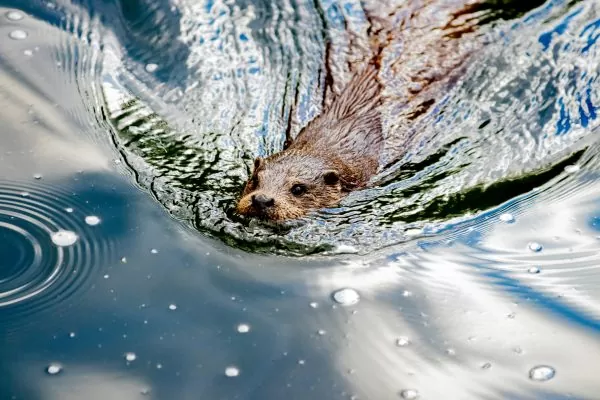
Mitigation & Enhancements
When activities are likely to have a negative effect on water voles, a mitigation strategy tailored to avoid the specific issues on the site…
Overseeing Works
The Greenlight team will watch and oversee construction works. This can involve supervising the strimming of banks when mitigation includes water vole exclusion or ensuring that adequate buffer zones to protect water vole burrows are marked out and respected.
What We Offer
As with all development proposals that have the potential to impact on local biodiversity, sufficient information is required by Local Planning Authorities (“LPA”) in order to progress. This is so informed decisions can be made in regard to wildlife protection from injury or disturbance during development. A Preliminary Ecological Appraisal (“PEA”) and further water vole surveys are often required if the species is likely to be present.
All water vole surveys are best conducted between April and September, however signs of presence can be found from March to November. They should not be undertaken when waterways and ponds are flooded as any field signs would be washed away. For this reason, water vole surveys should be conducted at least two days after the water levels subside.
Greenlight Environmental Water Vole Surveys
Greenlight Environmental Consultancy offer a comprehensive service to assist with water vole surveys and mitigation measures. We understand the species, the surveys and strategies needed to ensure your development project runs smoothly for you and the biodiversity.
Give us a call to discuss your water vole survey requirements today.


